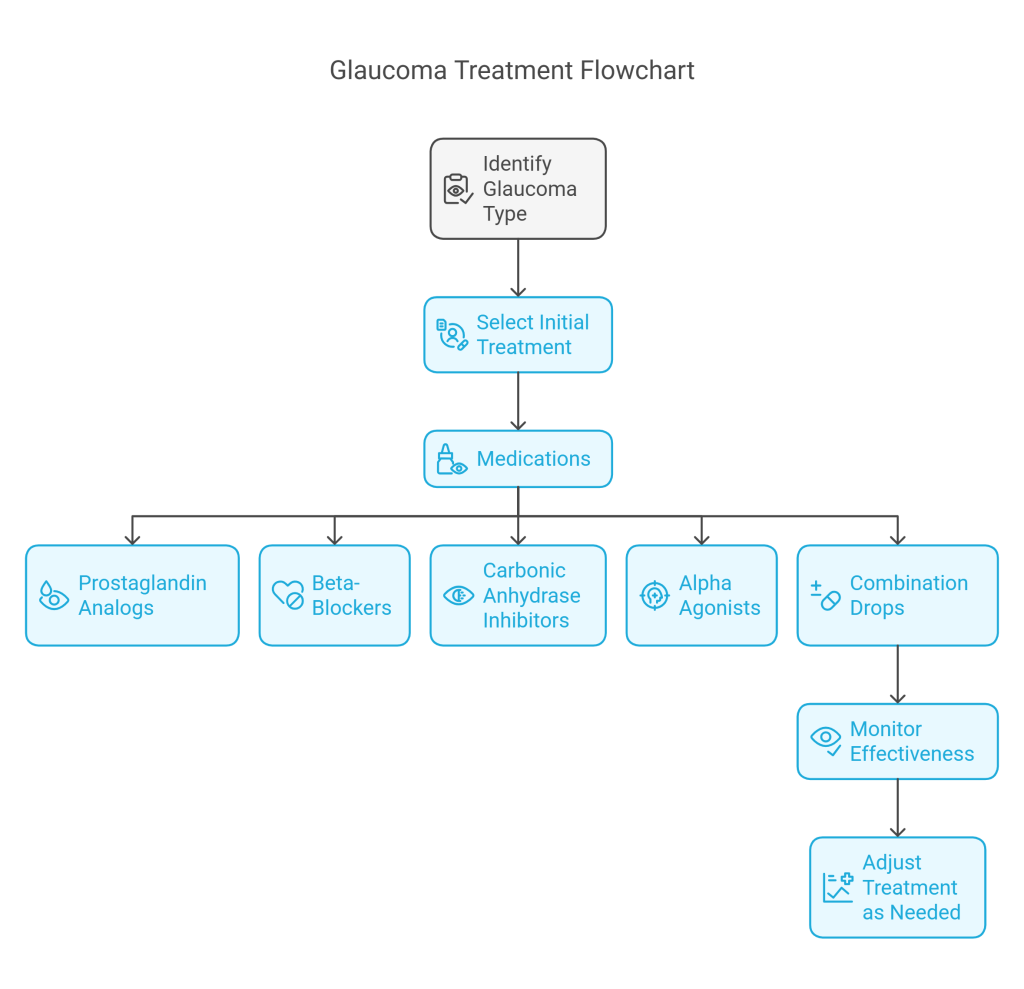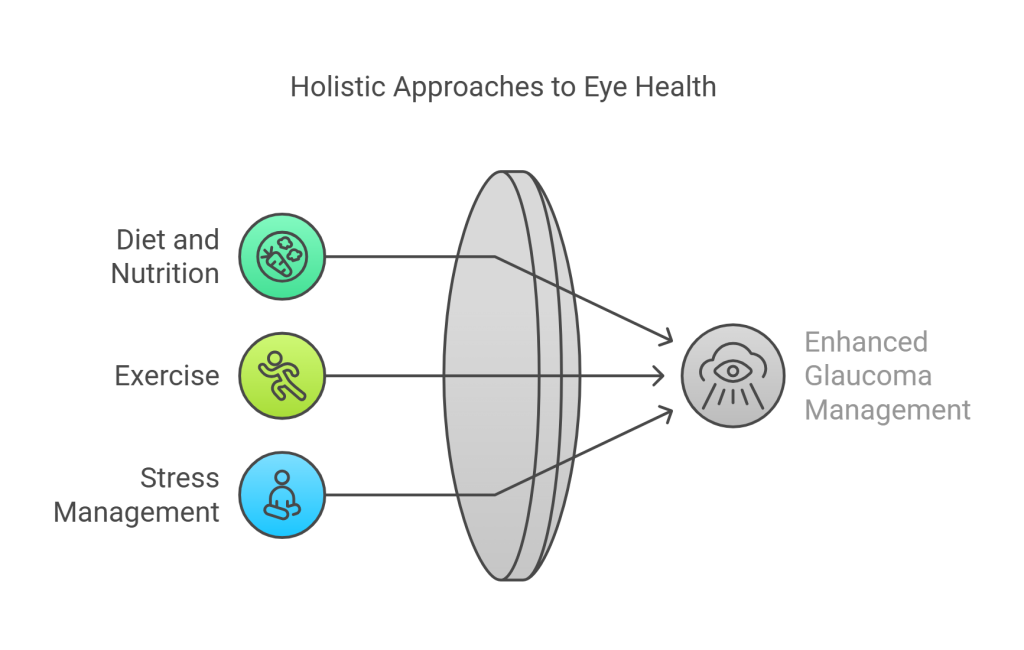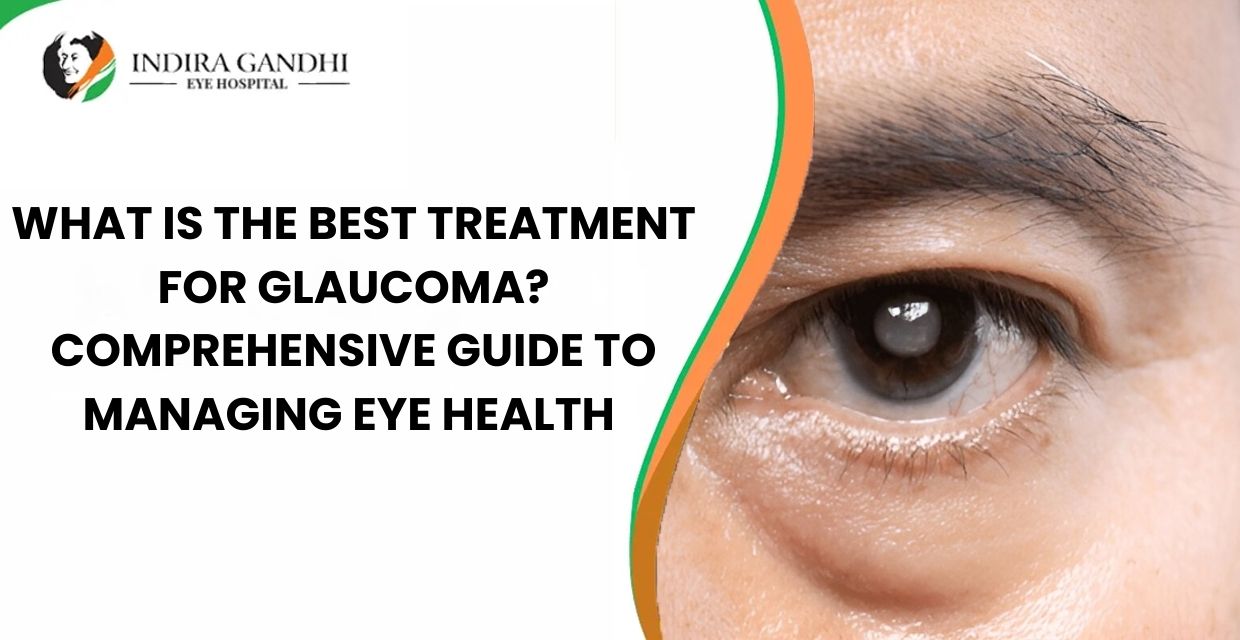|
Getting your Trinity Audio player ready...
|
Glaucoma is a progressive eye disease that damages the optic nerve, which is critical for transmitting visual information from the eyes to the brain. Often associated with elevated intraocular pressure (IOP), glaucoma can lead to irreversible vision loss and blindness if untreated. It is a leading cause of blindness globally, particularly among older adults. The good news is that early diagnosis and timely treatment can significantly slow its progression. For those seeking advanced care, options at the best hospital for glaucoma treatment in India offer state-of-the-art solutions. This guide explores the best treatments for glaucoma, factors influencing treatment choices, and complementary strategies for managing this condition.
Understanding Glaucoma
What Is Glaucoma?
Glaucoma refers to a group of eye diseases that cause damage to the optic nerve. The damage is often linked to increased pressure in the eye, but some forms, like normal-tension glaucoma, can occur without elevated IOP. Over time, this damage can lead to vision loss, starting with peripheral vision and progressing toward central vision.
Types of Glaucoma

- Open-Angle Glaucoma: The most common form, characterized by a slow clogging of the drainage canals in the eye, leading to increased pressure.
- Angle-Closure Glaucoma: Occurs when the drainage angle between the iris and cornea is blocked, causing a sudden and dramatic increase in eye pressure. This is a medical emergency.
- Normal-Tension Glaucoma: The optic nerve is damaged despite normal IOP levels, suggesting other contributing factors like poor blood flow to the optic nerve.
- Secondary Glaucoma: Develops due to another condition, such as eye injury, inflammation, or diabetes.
- Congenital Glaucoma: Present at birth due to improper development of the eye’s drainage system.
Symptoms of Glaucoma
Glaucoma often progresses without noticeable symptoms in its early stages, earning it the nickname “the silent thief of sight.” However, as the condition worsens, symptoms may include:
- Gradual loss of peripheral vision.
- Tunnel vision in advanced stages.
- Blurred or distorted vision.
- Eye pain, redness, or discomfort.
- Halos around lights, particularly at night.
- Severe headaches or nausea, often associated with angle-closure glaucoma.
Routine eye exams are essential for early detection, especially for individuals at higher risk.
Diagnosing Glaucoma
Early detection of glaucoma is crucial to preserving vision. Diagnosis typically involves several tests:
- Intraocular Pressure Measurement (Tonometry): Determines the pressure inside the eye.
- Optic Nerve Imaging: Evaluates the health of the optic nerve.
- Visual Field Test: Assesses peripheral vision to detect early signs of damage.
- Gonioscopy: Examines the drainage angle to classify the type of glaucoma.
- Pachymetry: Measures corneal thickness, which can influence IOP readings.
What Is the Best Treatment for Glaucoma?

The best treatment for glaucoma depends on the type and severity of the condition. The primary goal is to lower intraocular pressure to prevent further damage to the optic nerve.
Medications
Medications, particularly eye drops, are often the first line of treatment. They work by either reducing the production of fluid in the eye or improving its drainage.
- Prostaglandin Analogs: Increase fluid outflow and are usually administered once daily.
- Beta-Blockers: Reduce fluid production but may have systemic side effects like low blood pressure.
- Carbonic Anhydrase Inhibitors and Alpha Agonists: Alternative or additional medications for lowering IOP.
- Combination Drops: Combine two or more active ingredients for enhanced effectiveness.
While effective, medications require consistent use and can have side effects such as eye irritation or redness.
Laser Treatments
Laser procedures are minimally invasive and can be effective for many types of glaucoma.
- Selective Laser Trabeculoplasty (SLT): Used for open-angle glaucoma, SLT improves drainage by targeting the trabecular meshwork.
- Peripheral Iridotomy: Creates a small hole in the iris to allow fluid flow in angle-closure glaucoma.
- Cyclophotocoagulation: Reduces fluid production by targeting the ciliary body.
Surgery
Surgery is often recommended for advanced cases or when other treatments fail to control IOP.
- Trabeculectomy: Involves creating a drainage flap to reduce eye pressure.
- Glaucoma Drainage Devices: Implants or shunts are placed in the eye to facilitate fluid drainage.
- Minimally Invasive Glaucoma Surgery (MIGS): A newer, less invasive option suitable for patients with mild to moderate glaucoma. MIGS procedures use micro-implants to improve fluid drainage with minimal recovery time.
For individuals seeking advanced surgical options, the best hospital for glaucoma treatment in India offers cutting-edge techniques and experienced specialists.
Factors Influencing Treatment Choice
Several factors influence the choice of treatment for glaucoma:
- Type and Stage of Glaucoma: Early-stage cases are often managed with medications, while advanced cases may require surgery.
- Patient Compliance: Some patients may struggle with the daily application of eye drops, making laser or surgical options more suitable.
- Systemic Health: Conditions like asthma or cardiovascular issues may affect the choice of medications.
- Access to Care: Availability of advanced treatments, such as MIGS or laser procedures, may depend on the facility.
Complementary Strategies for Managing Glaucom

In addition to medical treatments, certain lifestyle adjustments can support eye health and enhance the effectiveness of treatments.
Diet and Nutrition
A balanced diet rich in antioxidants, vitamins C and E, and omega-3 fatty acids can help protect the optic nerve. Foods like spinach, kale, carrots, and fatty fish are excellent choices.
Exercise
Regular aerobic exercise can help lower IOP and improve overall eye health. However, exercises that involve heavy lifting or inverted positions should be avoided.
Stress Management
High stress can exacerbate certain forms of glaucoma. Mindfulness techniques, such as meditation and yoga, can help manage stress levels.
Emerging Treatments and Innovations
Advancements in glaucoma research are paving the way for innovative treatments:
- Gene Therapy: Aims to modify genetic factors involved in fluid drainage and optic nerve health.
- Neuroprotective Drugs: Focus on preserving the optic nerve independently of IOP control.
- Sustained-Release Drug Implants: Provide long-term medication delivery, reducing the need for daily eye drops.
Leading facilities, like the best hospital for glaucoma treatment in India, are at the forefront of incorporating these advancements into clinical practice.
FAQs
Can glaucoma be cured?
Glaucoma cannot be cured, but its progression can be slowed or stopped with appropriate treatment and regular monitoring.
How effective are medications for glaucoma?
Medications are highly effective in lowering IOP for most patients, but their success depends on consistent use and adherence to the prescribed regimen.
Is surgery the best option for glaucoma?
Surgery is usually reserved for advanced cases or when other treatments fail. It is highly effective in reducing IOP but does not restore lost vision.
Who is at the highest risk for glaucoma?
Individuals over 60, those with a family history of glaucoma, people with diabetes, and individuals of African or Asian descent are at higher risk.
What happens if glaucoma is left untreated?
Untreated glaucoma leads to progressive optic nerve damage, resulting in vision loss and, eventually, complete blindness.
Conclusion
Glaucoma is a serious but manageable condition with early detection and proper treatment. The best treatment for glaucoma varies depending on the individual’s condition, ranging from medications and laser procedures to advanced surgical interventions. Complementary lifestyle changes and routine monitoring play an essential role in maintaining eye health.
If you or a loved one is living with glaucoma, consult a specialist at the best hospital for glaucoma treatment in India to explore personalized care options. With the right approach, you can protect your vision and maintain your quality of life.












